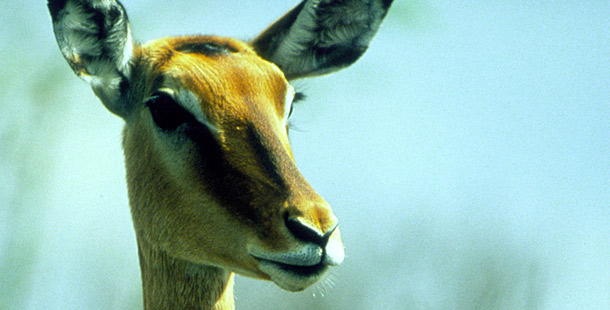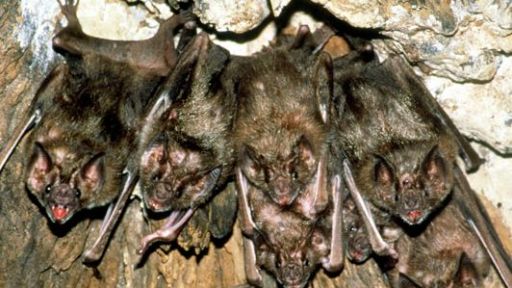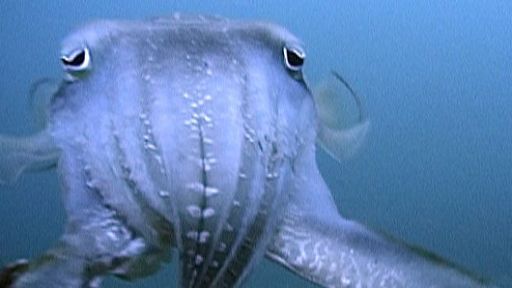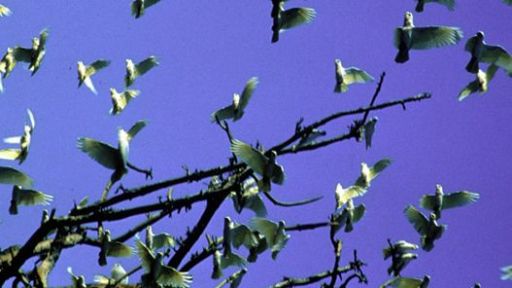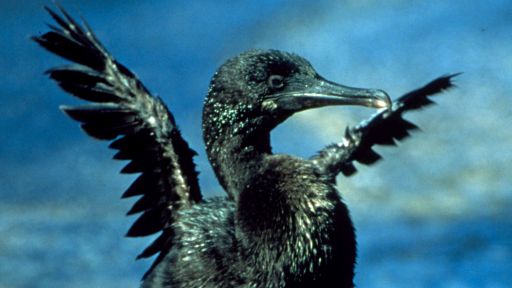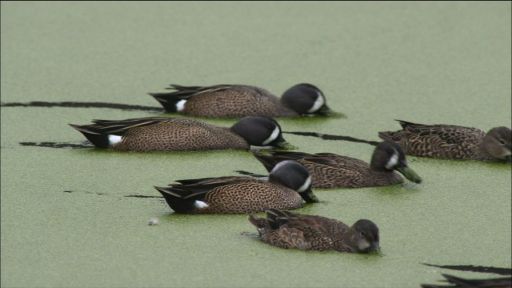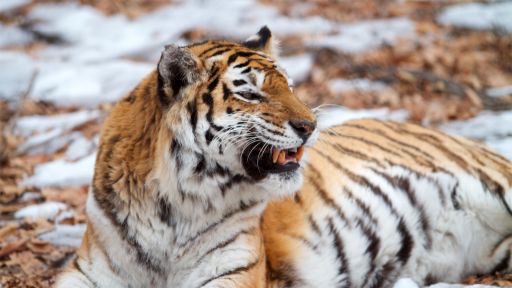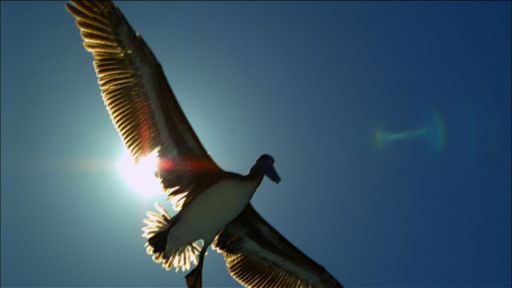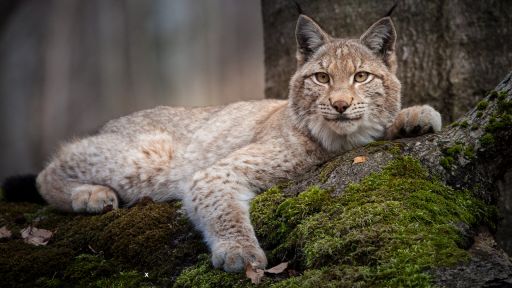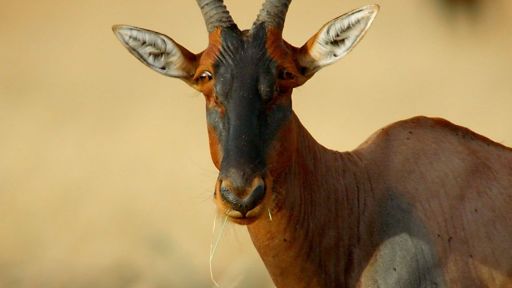Evolving For Advantage On some ancient battlefield, an early human soldier realized that a sharpened stick could become a deadly spear that would send the terrified enemy scrambling for safety. In response, the defeated soldiers came up with their own innovation: wooden shields that blunted the spears and suddenly turned the tables. It was then up to the attackers to devise another new weapon that could defeat the shields and restore their advantage. An arms race was born.
But it was far from the first. For billions of years, life on Earth has been engaged in its own ETERNAL ARMS RACE, the subject of Part 3 of NATURE’s TRIUMPH OF LIFE. As predators became better hunters, their prey also evolved better defenses.

The cheetah and its main prey, the Thompson’s gazelle, are the two speed champions of the Africa plains. |
This drive to survive has produced remarkable hunting strategies, from frogs that are able to snare flying insects with long, elastic tongues, to cheetahs that work together to chase down fleet gazelles. But it has also shaped magnificent survival skills. Some moths, for instance, can sense a bat’s prey-seeking sonar pulses, and duck just in time to avoid the onrushing bat’s jaws.
Other animals have taken to deception, evolving colors and body shapes that provide perfect camouflage, making them invisible to predators. Some octopuses featured on THE ETERNAL ARMS RACE, for instance, can make themselves look just like poisonous sea snakes. Still other animals have taken the opposite tack, covering themselves in bright, outrageous colors that make it impossible for them to hide, but advertise the fact they can be distasteful or poisonous to eat. In the competition between hunter and hunted, no new tactic — from thicker armor or sharper teeth to better vision and hearing — is left untried. But only the successful traits — those that either let a predator catch more prey or allow the prey to survive attack — get passed along to the next generation. Meanwhile, the ultimately unsuccessful adaptations get left behind on evolution’s battlefield, victims of life’s eternal arms race.

